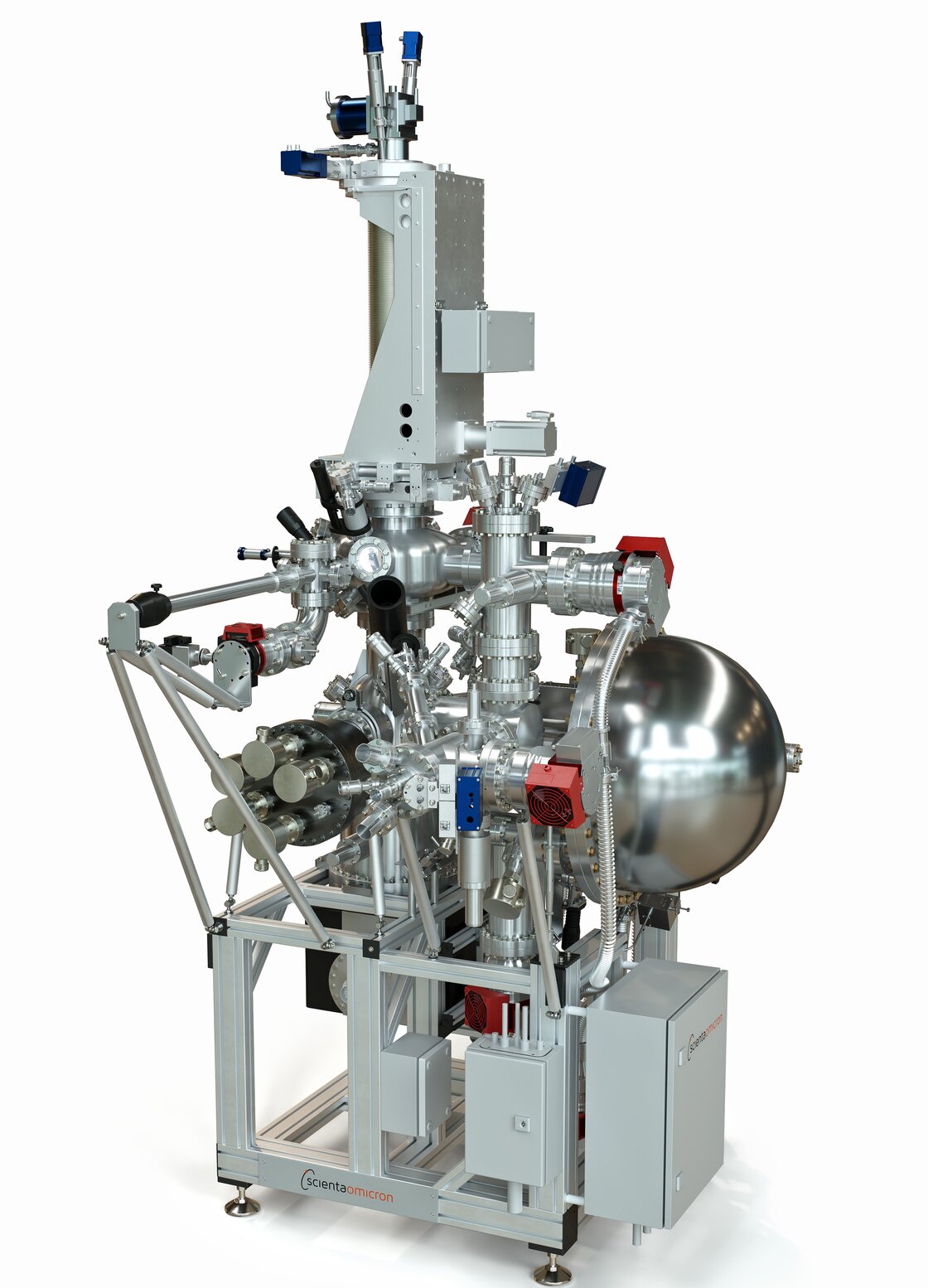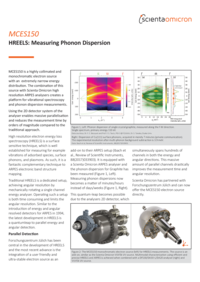The MCES150 is a collimated and monochromatic electron source with an extremely narrow energy distribution. This type of source forms the base for a high resolution electron energy loss spectroscopy (HREELS). The combination with a Scienta Omicron high resolution ARPES analyser creates an efficient platform for vibrational spectroscopy and phonon dispersion measurements. The analyser 2D detector system enables massive parallel readout and reduces the measurement time by orders of magnitude compared to the traditional approaches.
More Information
Specifications
< 3 meV(*)
3 - 150 eV
0.04 x 1 mm2
54 mm
DN100CF (6" O.D.)
< 130 °C
(*) The MCES150 source resolution is demonstrated to be <2.1 meV for the setup at high currents by deconvolving the 3.3 meV analyser resolution from the total experimental resolution of 3.9 meV.
For full specifications and more information about product options, please do not hesitate to contact your local sales representative. Find the contact details here: Contact Us
Results
Electron Energy Loss Spectroscopy with Parallel Readout of Energy and Momentum
We introduce a high energy resolution electron source that matches the requirements for parallel readout of energy and momentum of modern hemispherical electron energy analyzers. The system is designed as an add-on device to typical...



